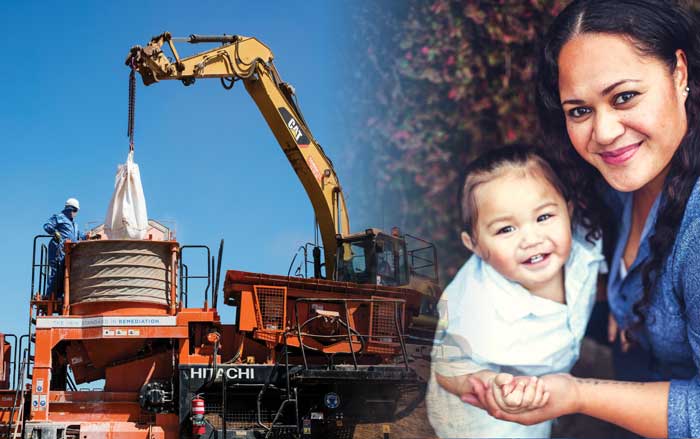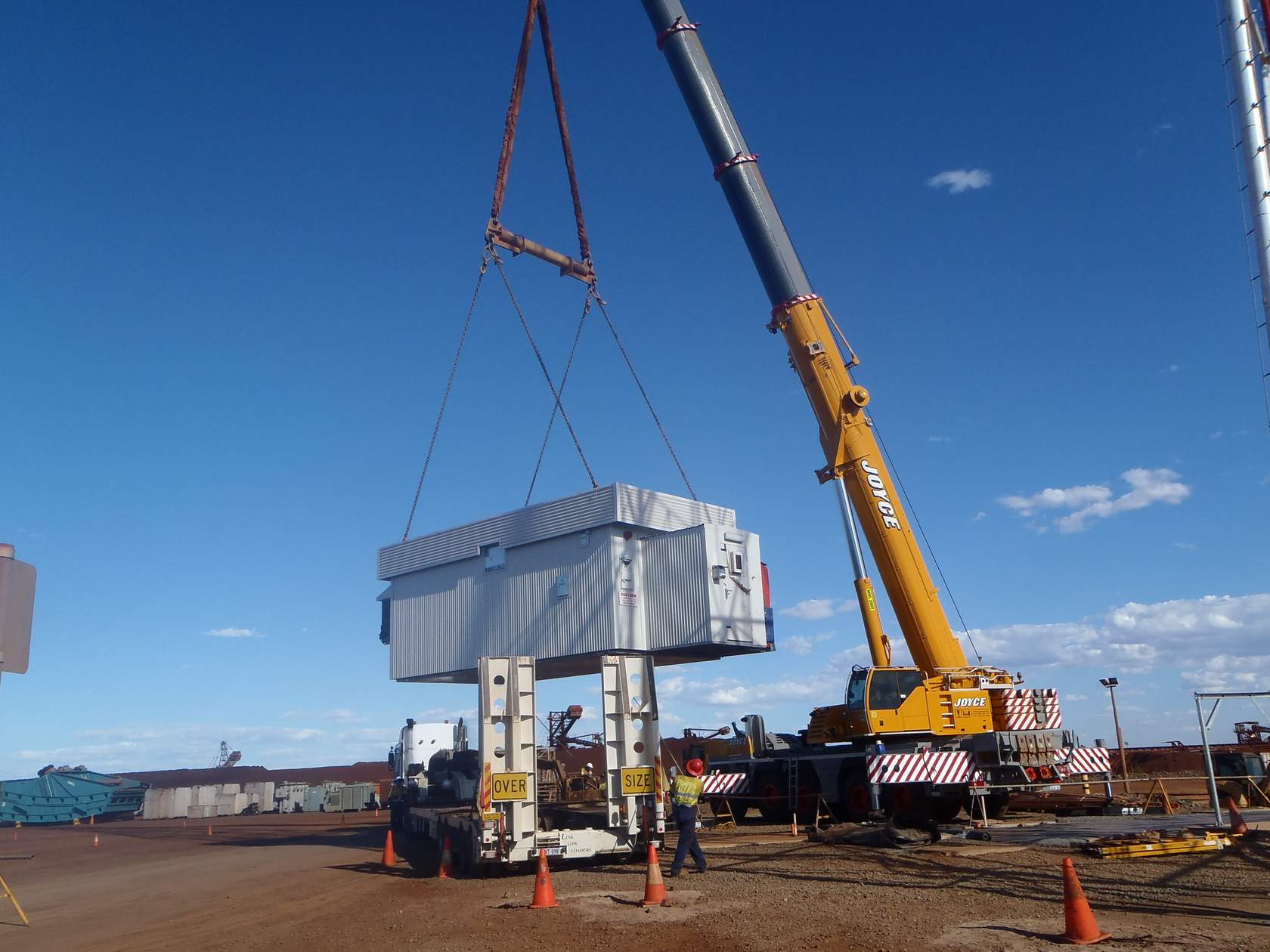
Have you asked the right questions to keep yourself and others safe for life?
- Do I understand the weight of the load being lifted, the lifting capacity of the crane and ground conditions?
- Have I checked that the rigging/ lifting gear is in good condition and suitable for the lift?
- Will I be near a suspended load or within the slew radius of the crane?
- Have I checked that exclusion zones and barricades are in place prior to lifting?
- Have I considered if the load can be affected by wind and weather?
- Can I effectively communicate with others involved in the lift?
- Have I anticipated uncontrolled load movement, and can I keep myself out of the line of fire?
Mandatory Safety Rules
- Never work or travel under a suspended load
- Never enter an exclusion zone without authorisation
- Operate plant within defined safety limits
- Position yourself to avoid interaction with moving vehicles and plant
- Treat all services as live and maintain the safe approach distance

Lifting Operation Best Practices

Fit for Purpose Equipment Lifting gear should be checked before and after use and inspected regularly by a competent person to determine whether it is suitable to keep using and the lifting gear is tagged and relevant information listed.
Exclusion zones Exclusion zones should be established around cranes and adjoining areas to stop people entering the area and risk being injured by the crane or falling objects. The size of the exclusion zone should be based on a risk assessment.
Safe Operation Crane operated within the Maximum Rated Capacity (MRC). Functional safety mechanisms (e.g. load indicators) to prevent lifting outside radius and above load limits
Lift Plans Developed by a competent person and in place for all designated high risk, critical or complex lifts.
Handling Loads No potential for uncontrolled load movement. Hands-on suspended loads avoided to the maximum extent feasible.
Site Conditions Weather, lighting and ground conditions suitable to undertake the lift safely.
Communications Lack of reliable communication between a crane operator and dogger or rigger may lead to unsafe crane operations and contribute to injury to people from dropped loads and collision with other plant and structures.
Competency Persons in charge of the rigging and lifting operation and operators of lifting equipment certified as competent.
